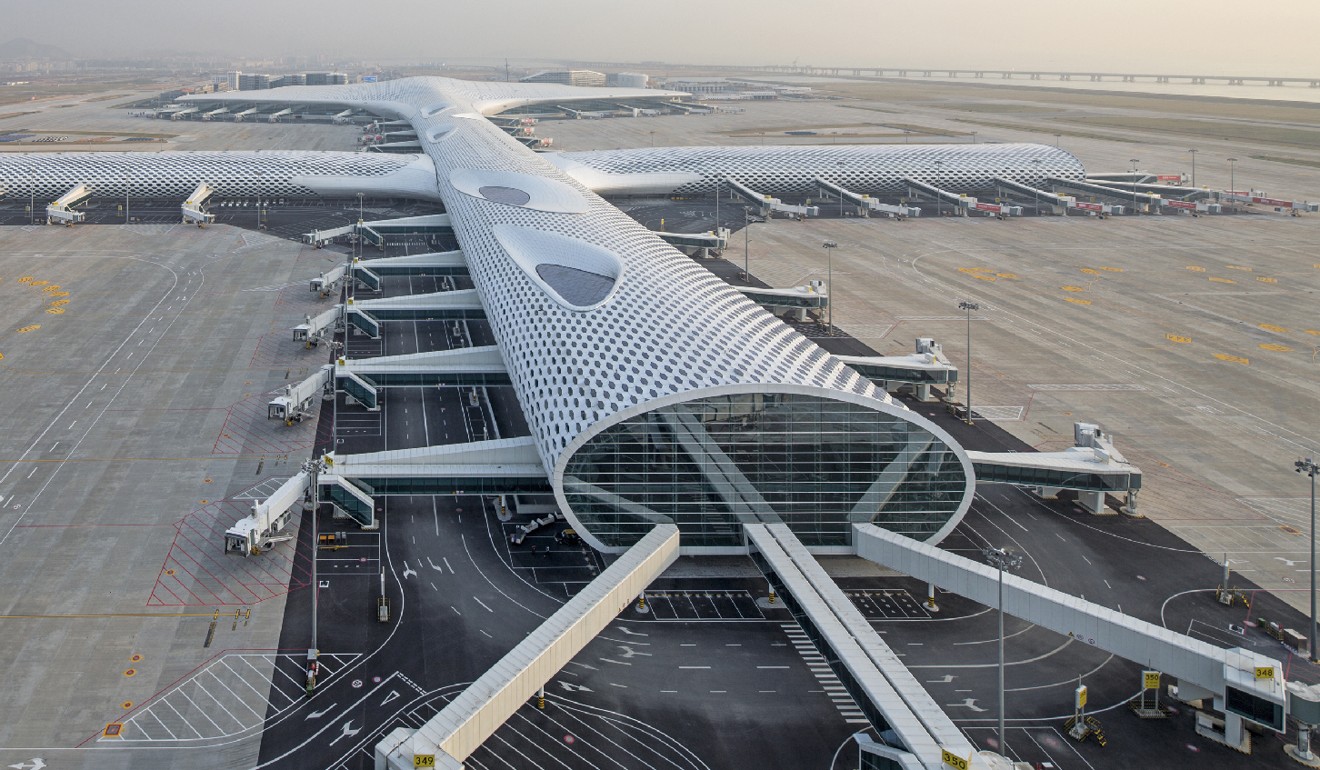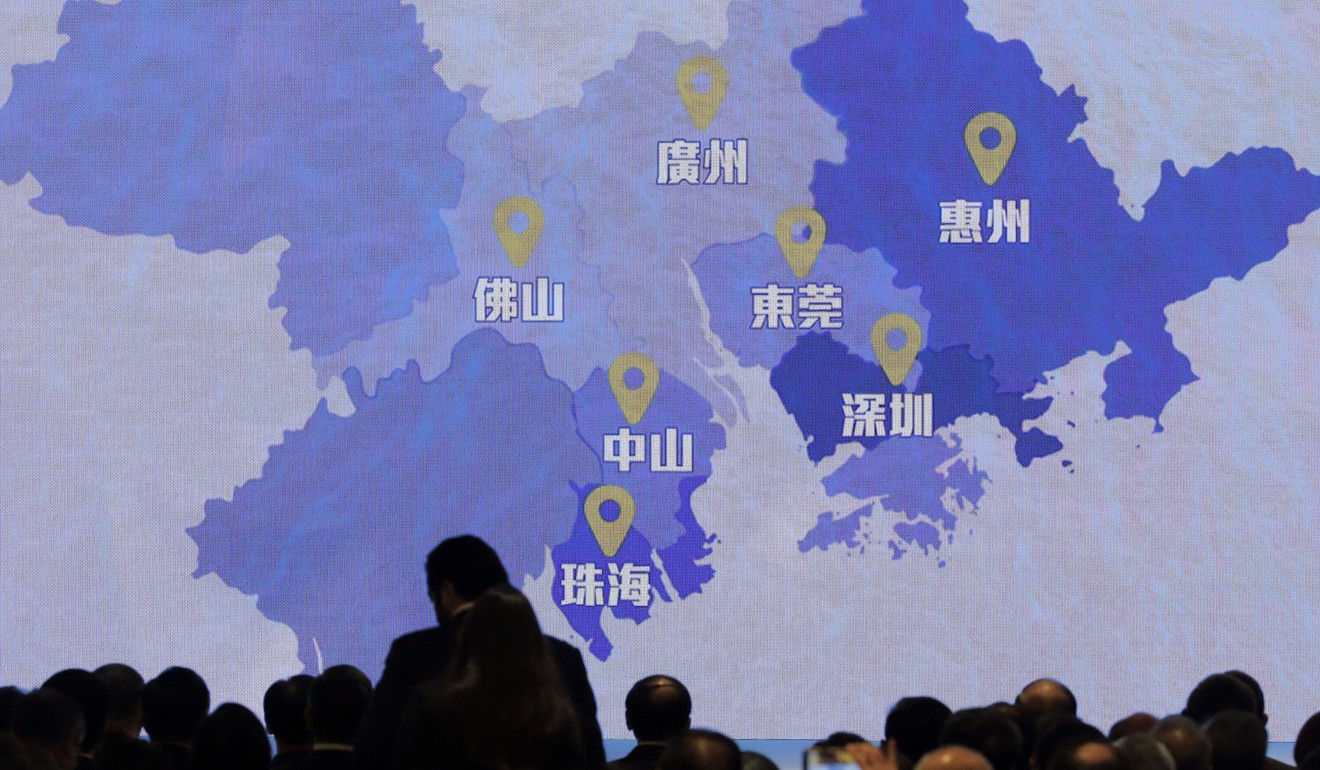
Hong Kong’s status as global aviation hub in Greater Bay Area unbeatable even with Shenzhen as rival, finance chief Paul Chan says
- Finance secretary says authorities are pushing for value-added air cargo and logistics businesses
- He allays fears about competition from neighbouring city, saying it’s up to Hong Kong to figure out what works best
Hong Kong has been designated as a global aviation hub over rival Shenzhen under China’s ambitious plan to develop an economic powerhouse in the Pearl River Delta, according to the city’s financial secretary.
In an exclusive interview with the Post, Paul Chan Mo-po said the blueprint for the Greater Bay Area clearly differentiated Hong Kong from the 10 other cities in the cluster, and that local authorities were pushing for high value-added air cargo and logistics services.
About two months after Beijing’s blueprint for the bay area was announced, the central government gave the green light for Shenzhen’s plan to build its third runway and expand its Bao’an International Airport, only 36km from Hong Kong, stoking fears the move would strain the region’s already crowded airspace.

“Shenzhen has its own needs for the third runway,” Chan said. “If we find that’s not our cup of tea, then it’s not our cup of tea. That’s the important thing.”
The bay area proposal dictates the direction and goals for the region in two stages of development – in 2020 and 2035 – without stipulating how to achieve them.
The master plan aims to consolidate and enhance Hong Kong’s status as an international finance, transport and trade centre, as well as a global aviation hub.
Shenzhen will play its part as a special economic zone and home to China’s innovation and technology giants. Guangzhou will be called a provincial capital and national central city, and Macau a tourism centre and a platform for trade with Portuguese-speaking countries.

“The blueprint reconfirms Hong Kong’s position, which we have heard about multiple times, such as an international finance hub for initial public offerings, asset and wealth management, offshore yuan trade settlement, insurance services and arbitration,” Chan said.
“But this is a clear message to our brother cities that these are what we are going to focus on and there is no need to compete.”

Chan added that the Hong Kong government would leverage on the bay area’s policy to allow cross-border use of bio-samples and medical data necessary for research and development, which would provide a much-needed condition for major pharmaceutical companies to develop products in the city.
Shenzhen airport expansion plan sets up battle for the skies with Hong Kong
Another high-value development is in boosting Hong Kong’s air cargo sector, which Chan said accounted for HK$3.44 billion, or nearly 42 per cent of the city’s overall trade in terms of value in 2017.
This came even though the business only comprised 4.9 million tonnes or 1.6 per cent of the city’s overall freight volume. The rest involved other transport modes by water and land.
“Therefore, we need our third runway urgently,” Chan said. He pointed out that the city had for years urged the central government to allow Hong Kong to position itself as the region’s global aviation hub.
The completion of Hong Kong International Airport’s third runway is due in 2024 at a cost of HK$144 billion (US$18.3 billion). The Shenzhen airport expansion, costing 9.35 billion yuan (US$1.38 billion), is expected to be ready by 2030.

